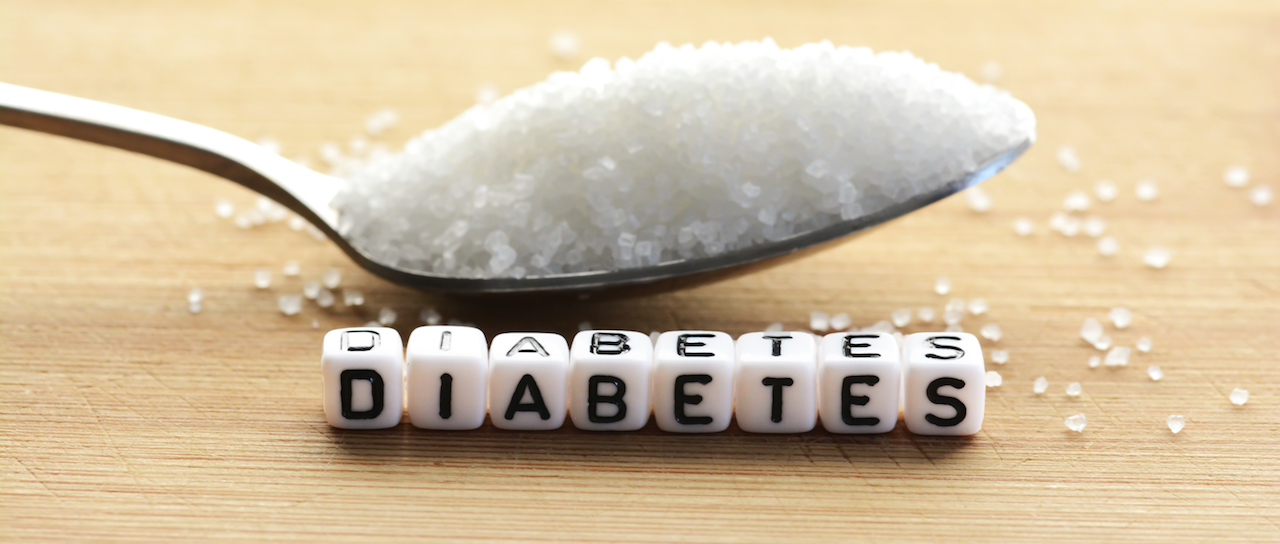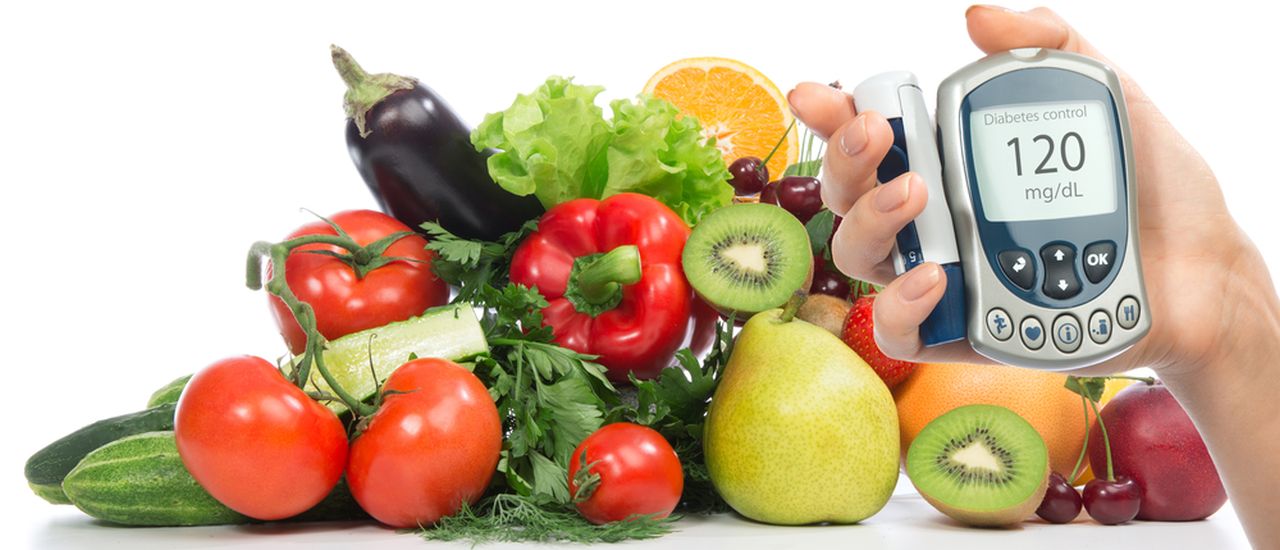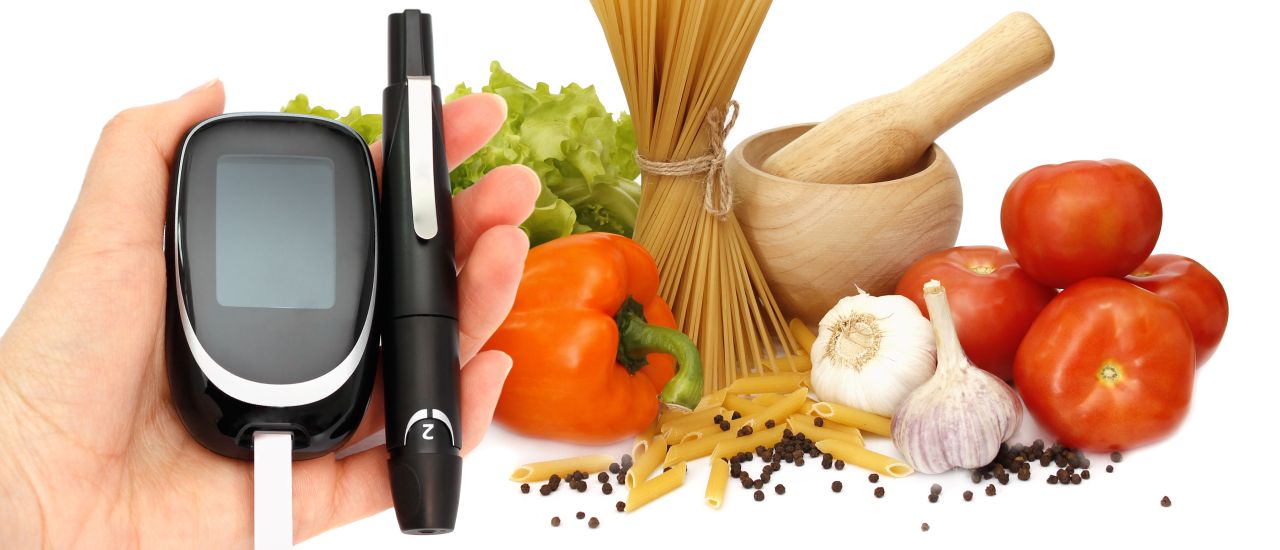Gout is a kind of arthritis in which crystals of sodium urate produced by your body forms inside joints. You may suffer attacks of sudden burning pain, swelling and stiffness in a joint, and these attacks can happen over and over unless gout is treated. Left unattended over time, gout attacks can harm your joints, tendons, and other tissues. Gout is most common in men, and the joint usually affected is usually a big toe.
Causes
Gout is caused by too much uric acid in the blood. Having too much uric acid is not generally harmful, but when uric acid levels in the blood are too high, the uric acid may form hard crystals in your joints.
- Medications which affect kidney function
- Low-dose aspirin can raise your blood uric acid levels
- Obesity, hypertension (high blood pressure), diabetes and hyperlipidaemia (high blood fats)
- Alcohol consumption
- Joint injury, surgical stress, acute medical illness
- Fad diets, fasting, and dehydration
- Body temperature (gout tends to form in colder body parts)
Foods that are high in a substance called purines can raise the uric acid level in your blood – this includes seafood like sardines, mussels, anchovies, and salmon; organ meats like liver; and even some vegetables such as spinach. Eating just one of these foods or several of them together, can cause a gout flare.
Alcohol such as spirits and beer carry a double risk: they can raise the uric acid level in the blood and can make you dehydrated – both common gout triggers.
Symptoms
A common sign of gout is an attack of swelling, redness, tenderness, and sharp pain in your big toe at night, but you can also suffer a gout attack in your foot, ankle, or knee. The attacks can last a few days or many weeks before the pain goes away. Another attack may not happen for months or years.
If you are experiencing gout symptoms, see your doctor – even if you aren’t in pain right now. It’s important to discuss treatment and lifestyle changes as uric acid build-up can still harm your joints.
Tests & Examinations
For people with an acutely swollen, red, painful big toe, where it is often hard to obtain joint fluid, a diagnosis can be made by the presence of a high blood uric acid level, but the only certain way to diagnose gout is to have a joint fluid analysis (arthrocentesis) test to see whether uric acid crystals are present.
The following examinations and tests help to diagnose gout:
- Medical history and physical examination
- Test to measure levels of uric acid in urine
- Test to measure levels of uric acid in blood
While X-rays of hands and feet can be useful in the late stages of the disease, X-rays are not usually helpful in the early diagnosis of gout. When gout is in a late stage nodules, or even worn away or eroded areas of bone near joints may be seen. The pain of gout often causes people to seek medical attention before any long-term changes can be seen on an X-ray. But X-rays may help to rule out other causes of arthritis.
Treatment
Initial treatment goals for gout are rapid pain relief and prevention of future gout attacks and long-term complications, such as joint destruction and kidney damage. Treatment includes medication and lifestyle changes to prevent future attacks.
To reduce the swelling, redness and pain of affected joints in a gout attack:
- Rest the affected joint.
- Take medication prescribed by your doctor.
Preventing recurrent attacks
Take a medicine that reduces uric acid levels in the blood, which reduces the risk of future attacks.
Take steps to reduce the risk of future attacks, such as controlling your weight, limiting your alcohol intake, as well as meat and seafood, and following a moderate exercise programme.
Sources: NHS, WebMD, Health.com











